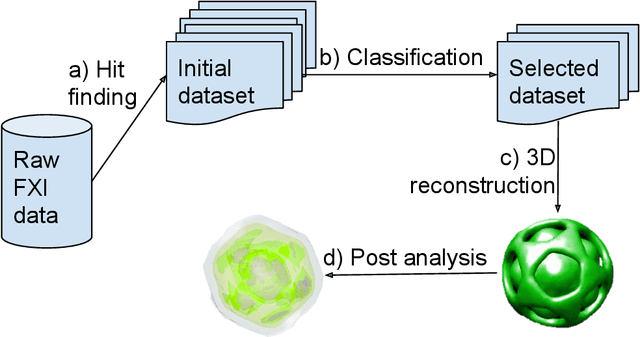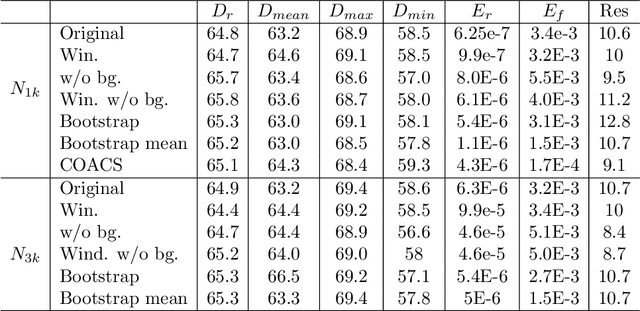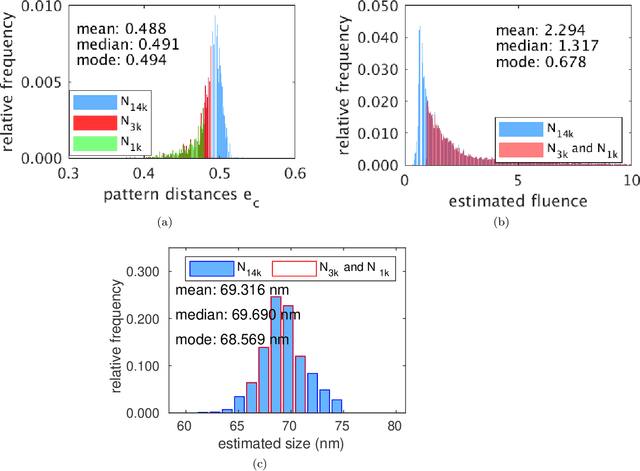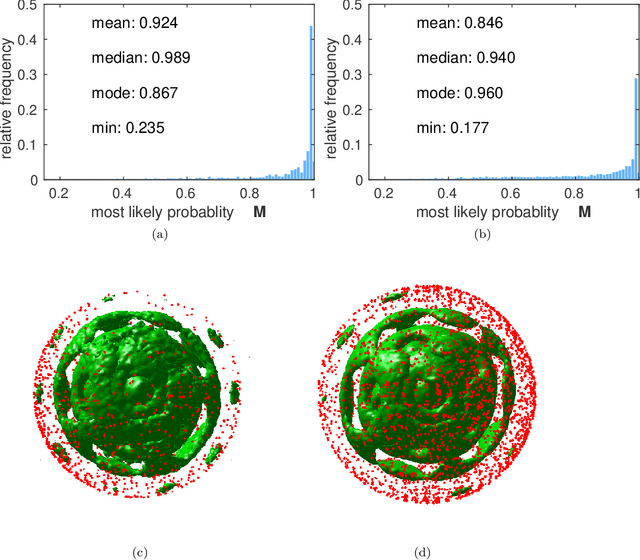Flash X-ray diffraction imaging in 3D: a proposed analysis pipeline
Paper and Code
Oct 30, 2019



Modern Flash X-ray diffraction imaging (FXI) acquires diffraction signals from single biomolecules at a high repetition rate from Free X-ray Electron lasers (XFELs), easily obtaining millions of 2D diffraction patterns from a single experiment. Due to the stochastic nature of FXI experiments and the massive volumes of data, retrieving 3D electron densities from raw 2D diffraction patterns is a challenging and time-consuming task. We propose a semi-automatic data analysis pipeline for FXI experiments, which includes four steps: hit finding and preliminary filtering, pattern classification, 3D Fourier reconstruction, and post analysis. We also include a recently developed bootstrap methodology in the post-analysis step for uncertainty analysis and quality control. To achieve the best possible resolution, we further suggest using background subtraction, signal windowing, and convex optimization techniques when retrieving the Fourier phases in the post-analysis step. As an application example, we quantified the 3D electron structure of the PR772 virus using the proposed data-analysis pipeline. The retrieved structure was above the detector-edge resolution and clearly showed the pseudo-icosahedral capsid of the PR772.
 Add to Chrome
Add to Chrome Add to Firefox
Add to Firefox Add to Edge
Add to Edge